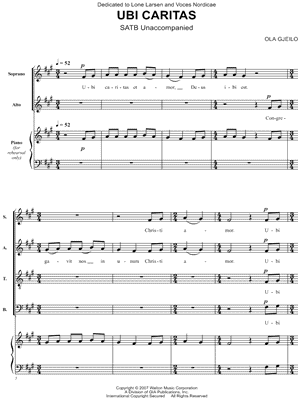


Although the Zoo had recovered by 1962, it would not have another permanent reptile collection until the opening of the RainForest thirty years later. That same year, the Cleveland Museum of Natural History assumed control of the Zoo.īetween 1955 and the transfer of management to the Cleveland Metroparks in 1975, the Zoo experienced rapid expansion despite setbacks due to flooding: the Zoo's reptile collection and several other buildings were lost when Big Creek overflowed in January 1959. By 1940, the Zoo was home to three elephants and its first (permanent) elephant resident since 1924.

Beginning in 1910, the Zoo constructed Monkey Island, sea lion pools, and a moated bear exhibit. In 1907, the city of Cleveland moved the Zoo to its current location in Old Brooklyn, and the Zoo acquired its first elephant. During its early years, the Zoo only held animals of local origin. The Zoo, originally named the Cleveland Zoological Park, first opened in 1882 at Wade Park where the Cleveland Museum of Art now stands.

2.1.1 National Zoo Association Awarded Cleveland Metroparks Zoo Staff with Honorary Memberships.2 Leadership Emeritus, Cleveland Metroparks Zoo (CMZ).It is one of the most popular year-round attractions in Northeast Ohio by attendance with a 2% increase from the previous year to 1.2 million visitors in 2007, compared to the Cleveland Indians who were the most popular attraction in Northeast Ohio in 2007 with a total attendance of over 2.2 million. The Cleveland Metroparks Zoo was founded in 1882. Cleveland Metroparks Zoo has one of the largest collections of primates in North America, The Zoo is a part of the Cleveland Metroparks system. The Zoo is divided into several areas: Australian Adventure African Savanna Northern Wilderness Trek, The Primate, Cat & Aquatics Building, Waterfowl Lake, The RainForest, and the newly added Asian Highlands. The Cleveland Metroparks Zoo aka Cleveland Zoological Park is a 183-acre (74 ha) zoo in Cleveland, Ohio.


 0 kommentar(er)
0 kommentar(er)
